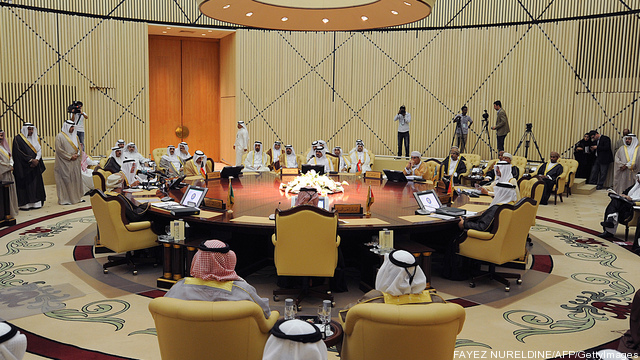
Most people associate Saudi Arabia with oil, but natural gas supply is one of the most important issues in the Kingdom today. If the Saudis want to remain one of the world’s largest oil exporters, they need to simultaneously address the challenges associated with subsidized domestic energy prices, their internal energy consumption rate and domestic non-associated natural gas development.
“The Kingdom is in desperate need of rolling back the world’s second-largest portfolio of energy subsidies, which are driving domestic demand for its chief export commodity, crude oil,” Jim Krane, Gulf energy analyst at Cambridge University’s Judge Business School told Breaking Energy in an email.
For decades Saudi Arabia enjoyed the use of natural gas that was produced along with the country’s abundant oil resources and thus known as associated gas. It is believed that about 60% of the Kingdom’s gas is associated. According to national oil company Saudi Aramco, the primary uses for gas are power generation, the petrochemical industry, the petroleum industry and water desalination.
Subsidized Power to the People
The country – like many others in the Gulf region – employs a regulated gas price system that sets the price at $0.75 per million Btu. This system worked just fine when associated gas was inexpensive to produce, the population was smaller and domestic – as well as global – oil consumption was lower.
However, Riyadh is making a push to diversify the economy into more gas-intensive industries, primarily petrochemicals. This along with a desire to burn fewer barrels of high-value liquids in the power generation sector has left the Saudis with a strong need for incremental volumes of gas.
With much of the Kingdom’s associated gas being consumed, exploring and proving up non-associated gas reserves has become a primary goal for Saudi Aramco, which has entered into joint ventures with non-US companies. One of the problems, however, is the expense of developing non-associated gas deposits that are often deeper, under higher pressure and contain more sulfur than the gas associated with Saudi oil. Some industry estimates suggest companies would need to receive around $5/mmbtu in order to make producing technically challenging non-associated gas economically viable.
“As of yet there is no movement on the 75 cents per MMBtu price, but I expect it to rise relatively soon. Energy policymakers in the kingdom have been converging on a price hike agreement. From my discussions with them in October, there appeared to be an emerging consensus that the gas price would more than double, to somewhere around $2.00 perhaps as high as $2.50”, Krane said.
“Most Saudis in the energy sector advocate higher prices, but there are strong interests on the other side of the equation too; those in the petrochemicals, cement and general industry sectors which have been reaping uneconomic profits via their supply of underpriced gas. The power of this lobby and its argument that raising energy prices will kill Saudi jobs should not be underestimated,” said Krane.
Energy Prices A Bigger Problem
It is a tricky situation with lots of moving parts, and increasing the regulated gas price alone would not improve the Saudi situation, Krane went on to explain.
“At the moment, macroeconomic indicators bode well for a price hike. Inflation is relatively low, under 5%, and economic growth is high, around an annualized 6%. Thus a hike in the gas price shouldn’t disrupt things.”
Although raising the gas price would spur badly needed exploration and production, it is just one piece in this puzzle, he said. “Raising the gas price on its own would be counterproductive, by making crude oil and subsidized diesel fuel comparatively cheaper. About half of Saudi Arabia’s power is generated by liquid feedstocks. The last thing the Kingdom needs is to boost domestic demand for crude, which it sells for as little as $5 per barrel, or very expensive diesel fuel, which it imports at global market prices.”
New discoveries of non-associated gas have been slow to materialize, though some progress has been made. Nevertheless, with 2012 population growth estimated at around 1.5% and power consumption growing around 8% annually, more gas will need to be found and brought on stream.
In April 2010, Khalid al-Falih, Aramco’s CEO, stated that the Kingdom’s oil export availability would fall to less than 7 million barrels per day in 2028 without considerable energy efficiency improvements. Saudi oil consumption increased by 3.7% year-on-year from 2010 to 2011 and grew at a compound average growth rate of 5.8% during the 10 years prior.
“In the end, Saudi Arabia’s continued role as an energy exporter hinges on its ability to make the tough call of reducing its rampaging domestic demand. To do this, it must begin correcting the distorted prices that are driving demand. Saudi Aramco is an extremely capable firm, but it can’t keep treating Saudi consumption as a supply problem. Sooner or later the Kingdom is going to have to confront its own energy demand, and adjusting prices is the most effective medicine,” said Krane.
